The Billion-Dollar Watch Brands Reshaping Luxury Timekeeping
Watches aren’t just about marking the hour—they quietly tell tales of bygone eras, art, and a subtle kind of prestige that needs no words. Long ago, dedicated craftsmen in small, family-run ateliers poured genuine care into every piece, blending heart with exacting skill in ways that felt almost magical. Nowadays things have shifted in unexpected ways; enormous billion-dollar brands now blend mass production with a sprinkle of rare exclusivity, generally nudging our views on luxury into fresh territory.
Interestingly, eight watchmakers have now surpassed annual retail sales of over $1 billion—a milestone hinting that these timepieces are more than tick-tocks, having morphed into cultural emblems and savvy investments. In a space that feels both deeply rooted in tradition and bursting with modern flair, let’s take a leisurely stroll through the diverse stories of these top innovators at the very peak of watchmaking.
Why Billion-Dollar Brands Matter in the Luxury Market
When a brand hits that billion-dollar mark, it means a lot more than just a win in the bank. It’s a nod to a legacy of tradition, hands-on craft, and fresh ideas that together build items serving both practical use and deeper, almost personal symbols of who we are and what we dream about. Often, these names end up taking over auctions and shaking up the resale scene, drawing in those super wealthy folks (UHWNIs) who are keen to mix collecting with smart investments.
For investors or collectors—basically anyone interested—the secret sauce behind these brands is, in most cases, really key. You see this through record-smashing auctions and even some quirky breakthroughs in how materials are used and made more sustainable. Generally speaking, this billion-dollar circle is ushering in a new age of “premiumization,” where, more often than not, quality just outshines sheer numbers.
Meet the Billion-Dollar Watch Brands
1. Rolex
The Titan of Timekeeping
With annual revenues estimated at CHF 10.6 billion and a commanding 32% of the Swiss watch market, Rolex is a name synonymous with prestige and reliability. Its dominance is rooted in its ability to offer a universal symbol of success, paired with impeccable craftsmanship.
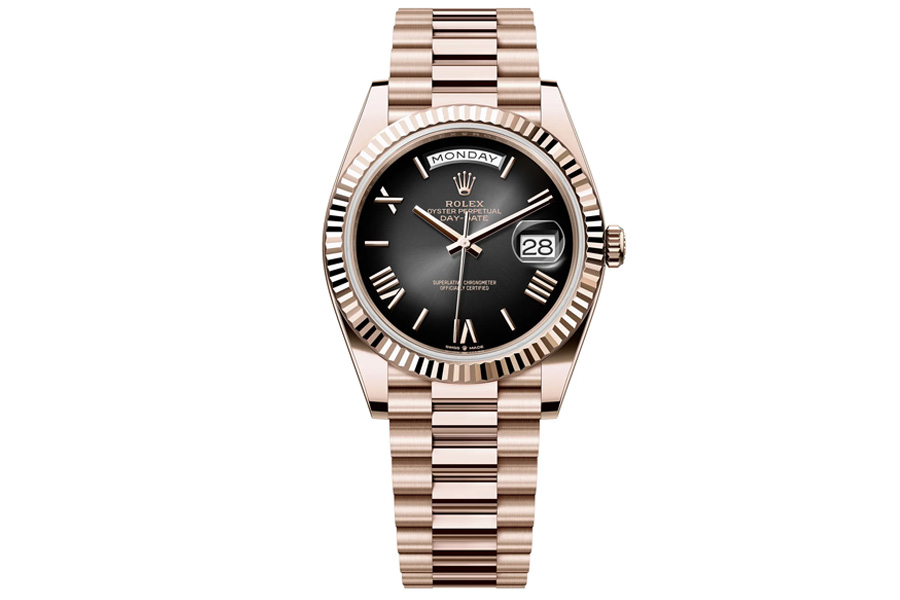
- Highlights: Rolex spearheaded the certified pre-owned (CPO) movement, creating a robust ecosystem for resale while securing its timepieces as alternative assets.
- Investment Appeal: Models like the Submariner and Daytona are not just watches; they are appreciating assets sought by collectors worldwide.
2. Cartier
Luxury’s Gateway Icon
Cartier’s CHF 3.2 billion sales figures highlight its unique position as both a status brand and an entry point into luxury for younger generations. Known for minimalist elegance, Cartier’s designs like the Tank and Santos are timeless masterpieces.
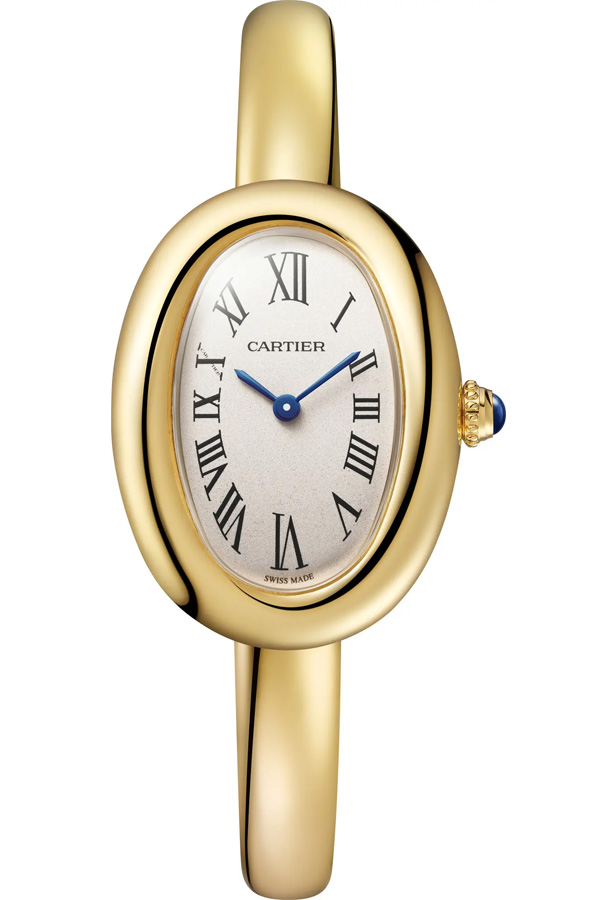
- Highlights: Combining heritage with accessibility, Cartier remains a cross-generational favorite.
- Cultural Impact: It balances exclusivity with affordability, offering iconic pieces under $5,000.
3. Omega
Olympic-Worthy Tradition
Omega, with CHF 2.4 billion in annual sales, is a legacy of precision and endurance. From adorning the wrists of James Bond to timing Olympic events, this brand balances cultural relevance with horological expertise.
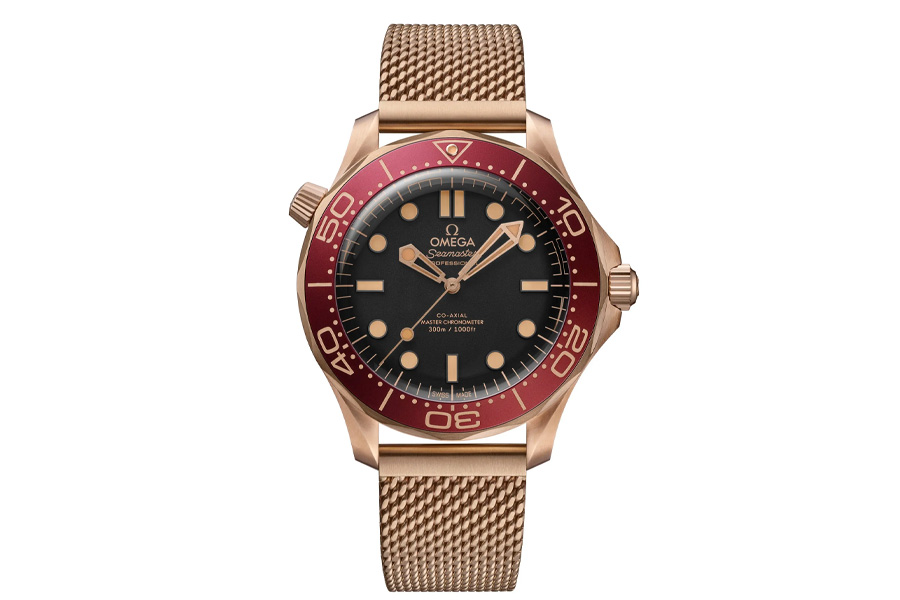
- Highlights: The Speedmaster Professional, famously known as the “Moonwatch,” remains a collector’s dream.
- Market Longevity: Its chronometric credentials affirm its place among performance-oriented connoisseurs.
4. Audemars Piguet (AP)
Exclusivity Meets Excellence
Few brands have captured the attention of elite watch collectors like Audemars Piguet, whose CHF 2.4 billion revenues are driven by its legendary Royal Oak series. These timepieces, revered for their engineering and aesthetic brilliance, continue to elevate AP’s exclusivity.
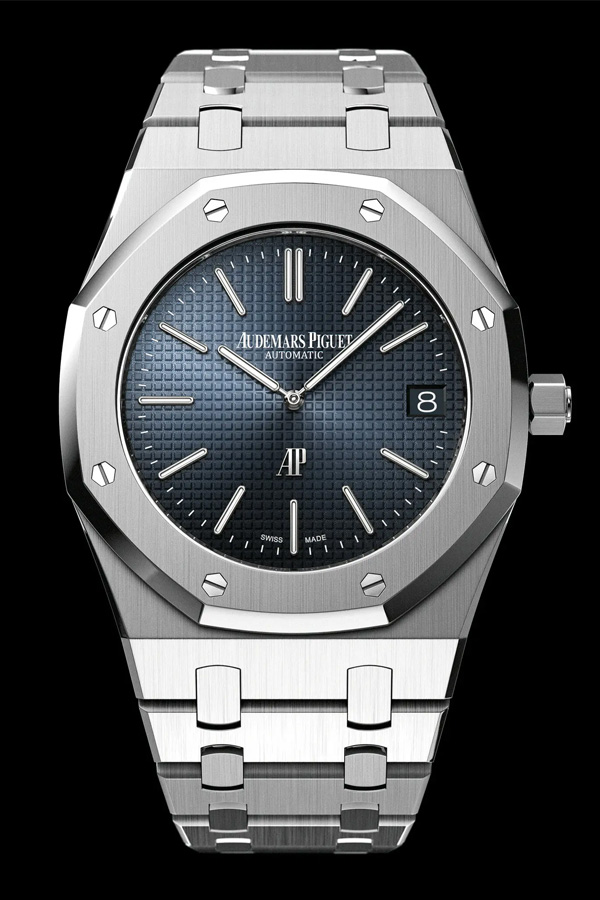
- Strategy: Boutique-only sales foster deeper relationships with UHWNIs.
- Secondary Market Star: Discontinued models, like the 15202 “Jumbo,” command record prices.
5. Patek Philippe
The Pinnacle of Prestige
Known as the Hermès of horology, Patek Philippe recorded CHF 2.3 billion in revenue, with some of the most coveted and rare timepieces in the world. Patek timepieces are often family heirlooms, passed down generations.
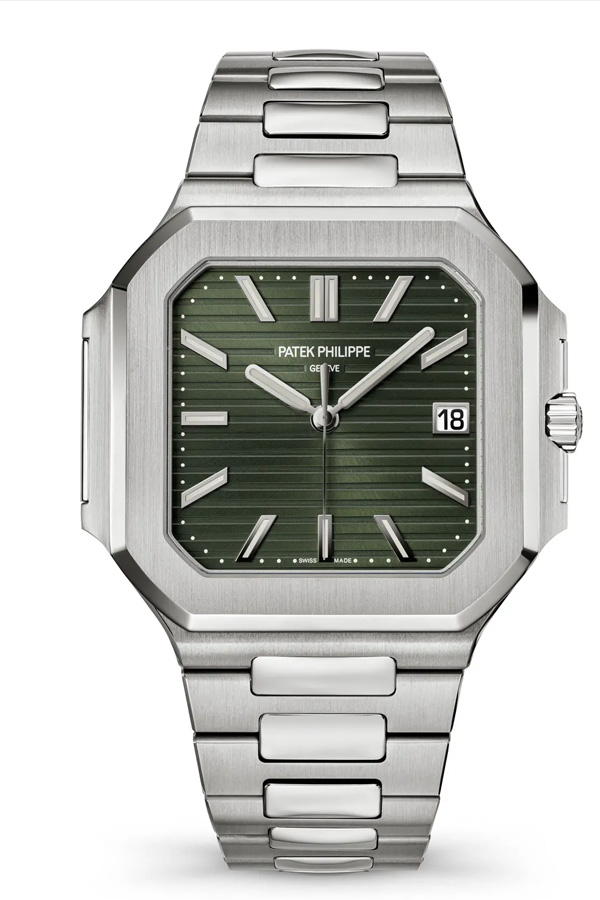
- Highlights: High demand for steel sports models like the Nautilus boosted its accessibly priced luxury tier.
- Cultural Cachet: Patek is the darling of auction houses, with prices for rare complications soaring annually.
6. Richard Mille
Billionaire’s Avant-Garde Choice
With an average watch price of CHF 271,930, Richard Mille doesn’t just sell timepieces; it sells exclusivity. Its CHF 1.6 billion revenues are powered by avant-garde designs that challenge traditional watch aesthetics.
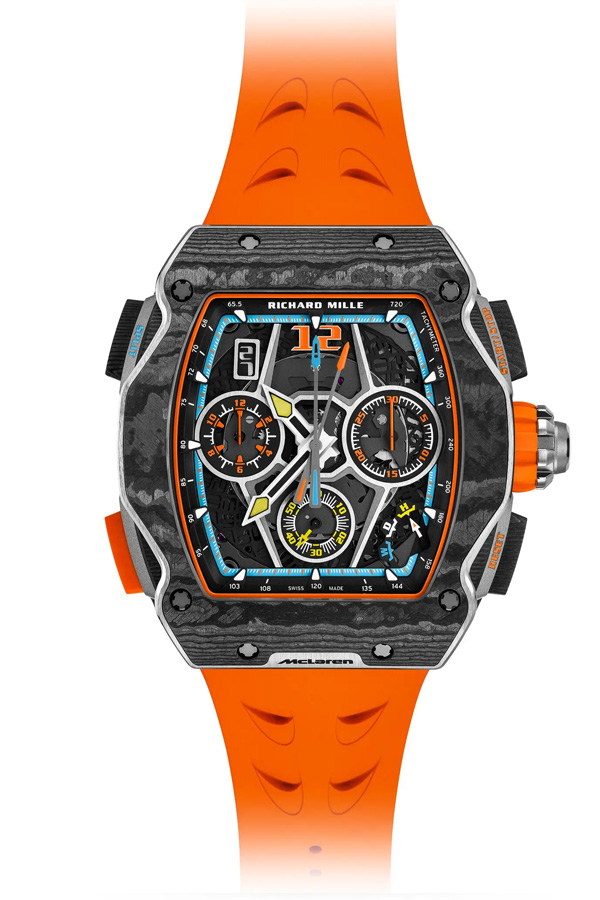
- Highlights: Advanced materials and limited runs make Richard Mille a cult favorite.
- Cultural Cachet: Collaborations with elite athletes and innovators expand its appeal.
7. Vacheron Constantin
The Timeless Art of Haute Horlogerie
Venerable and elegant, Vacheron Constantin remains a hallmark of tradition. With CHF 1.07 billion in annual income, its restrained revenue reflects its focus on quality over volume.
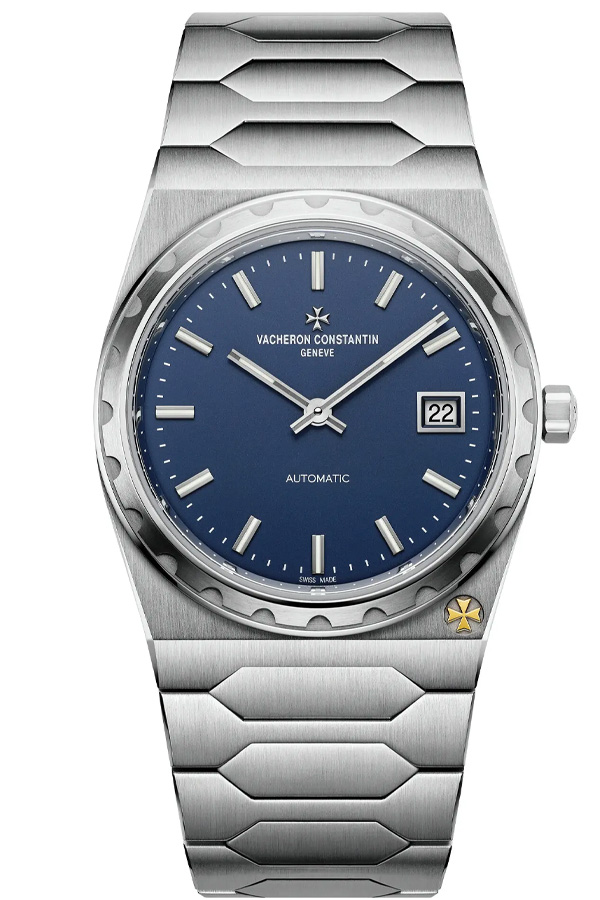
- Highlights: The Overseas collection continues to hold its own among serious collectors.
- Resilience: Celebrated for design depth in challenging economic landscapes.
8. Longines
Heritage Within Reach
Longines, with CHF 1.1 billion in revenue, offers a more accessible pathway to Swiss heritage. Despite challenges like China’s economic slowdown, Longines continues to resonate with aspiring collectors.
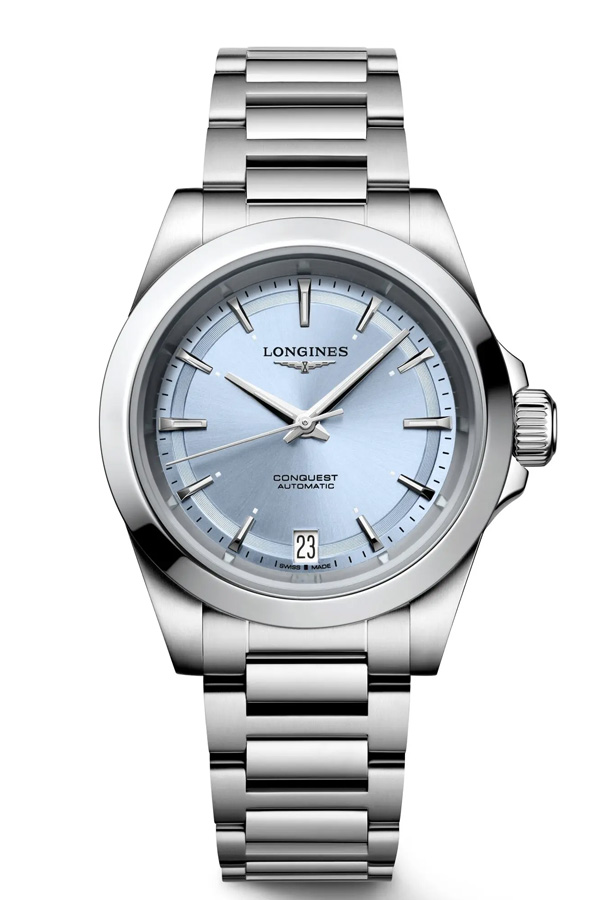
- Highlights: Known for its heritage-inspired designs at aspirational price points.
- Outlook: Though its billion-dollar status may waver, it maintains relevance through timeless simplicity.
The Bigger Picture of Billion-Dollar Brands
Across the luxury landscape, premiumization has taken precedence as brands focus on creating high-value, low-volume products characterized by scarcity and exclusivity. The Swiss watch industry exemplifies this shift, producing fewer watches year over year while increasing the total export value.
For collectors, this signals a “flight to quality.” Brands that can survive the pressures of globalization and democratization (such as pre-owned markets) will become even more valuable, consolidating their dominance further.
Leveraging Billion-Dollar Brands for Investment and Legacy
The rise of these powerhouses is not just a story of luxury consumption but also one of strategic investment. UHNWIs and collectors increasingly view iconic brands like Rolex, Patek Philippe, and Richard Mille as safe havens for their portfolios.
For investors, the key lies in selecting timepieces not only for their intricacy but also for their cultural relevance and rarity.
Experience the World of Timeless Masterpieces
The billion-dollar watch brands symbolize more than luxury; they represent a legacy within the global luxury watch market. These iconic timepieces capture history, craft, and innovation, serving as status symbols for collectors, investors, and enthusiasts alike. From mechanical luxury watches by Swiss watch brands like Rolex SA, Patek Philippe, and Audemars Piguet Holding SA to diamond watches and sporting-inspired designs with titanium ceramic coatings, the luxury watch market continues to grow.
Morgan Stanley’s report highlights how brands like Richard Mille, TAG Heuer, and Vacheron Constantin maintain a competitive advantage within the broader luxury goods sector. The mechanical product segment, including the original cushion-shaped collections, dominates the market, driven by increased interest and product demand from emerging economies, particularly in the Asia Pacific region, which has dominated the market share for years. The growing disposable income of the upper-middle class fuels purchases through both online channels and offline categories, such as convenience stores, with cash-on-delivery options offering convenience to consumers.
Luxury watches, such as Rolex watches and offerings from Swatch Group Ltd and Fossil Group, saw significant revenue share contributions over the forecast period. The secondary market for these products is also thriving, with easy return options and centralized customer services enhancing consumer behavior and boosting market share. With taut and flowing lines, PVD coatings, and innovations like heart rate monitors in sub-segments of men’s watch collections, the entire industry continues to adapt to changing demands.
As Asia Pacific dominates and middle-income economies experience growth, the luxury watch market size expands, reflecting a deeper appreciation for timeless designs and craftsmanship. Whether you aim to sell or curate your collection, brands like Van Cleef, Ralph Lauren, and Apple Inc are reshaping the product outlook of this so-called legacy industry. The luxury watch market remains a reflection of capita income trends and evolving tastes in the Middle East and beyond, promising increased revenue through diverse distribution channels and product offerings.
LATEST
POPULAR




